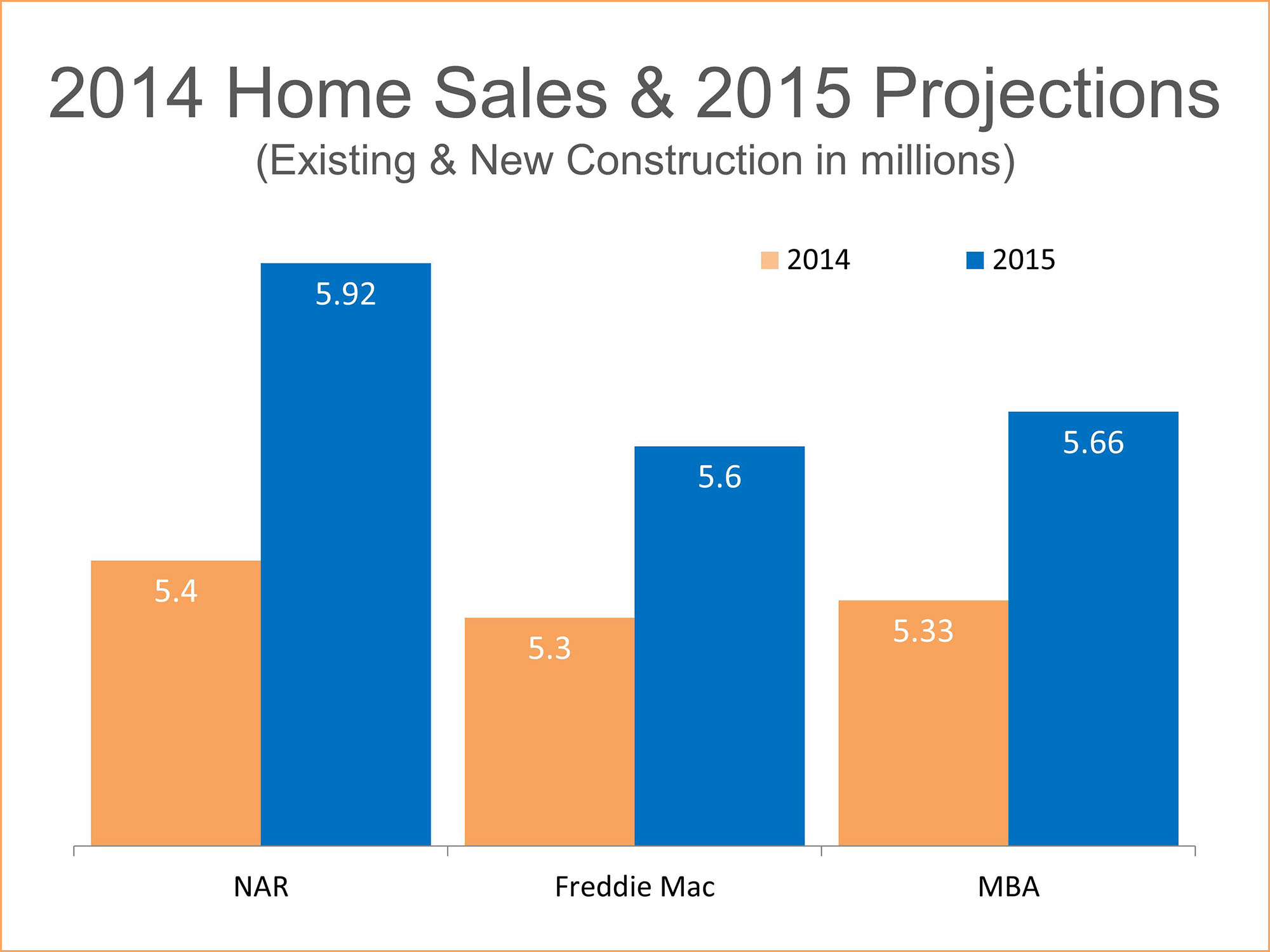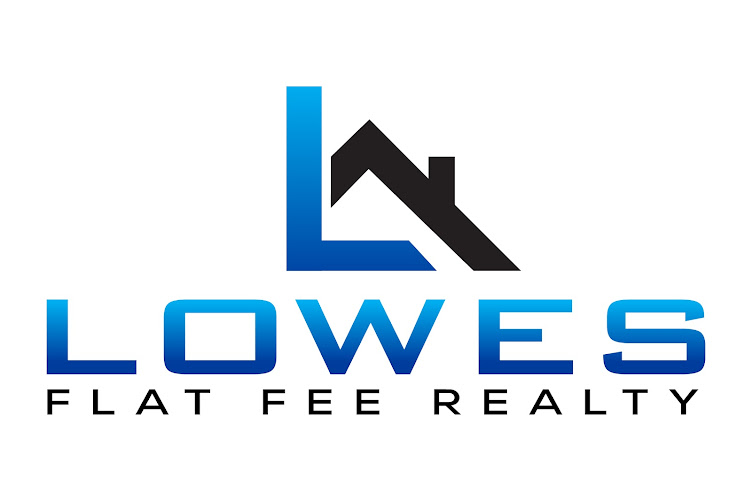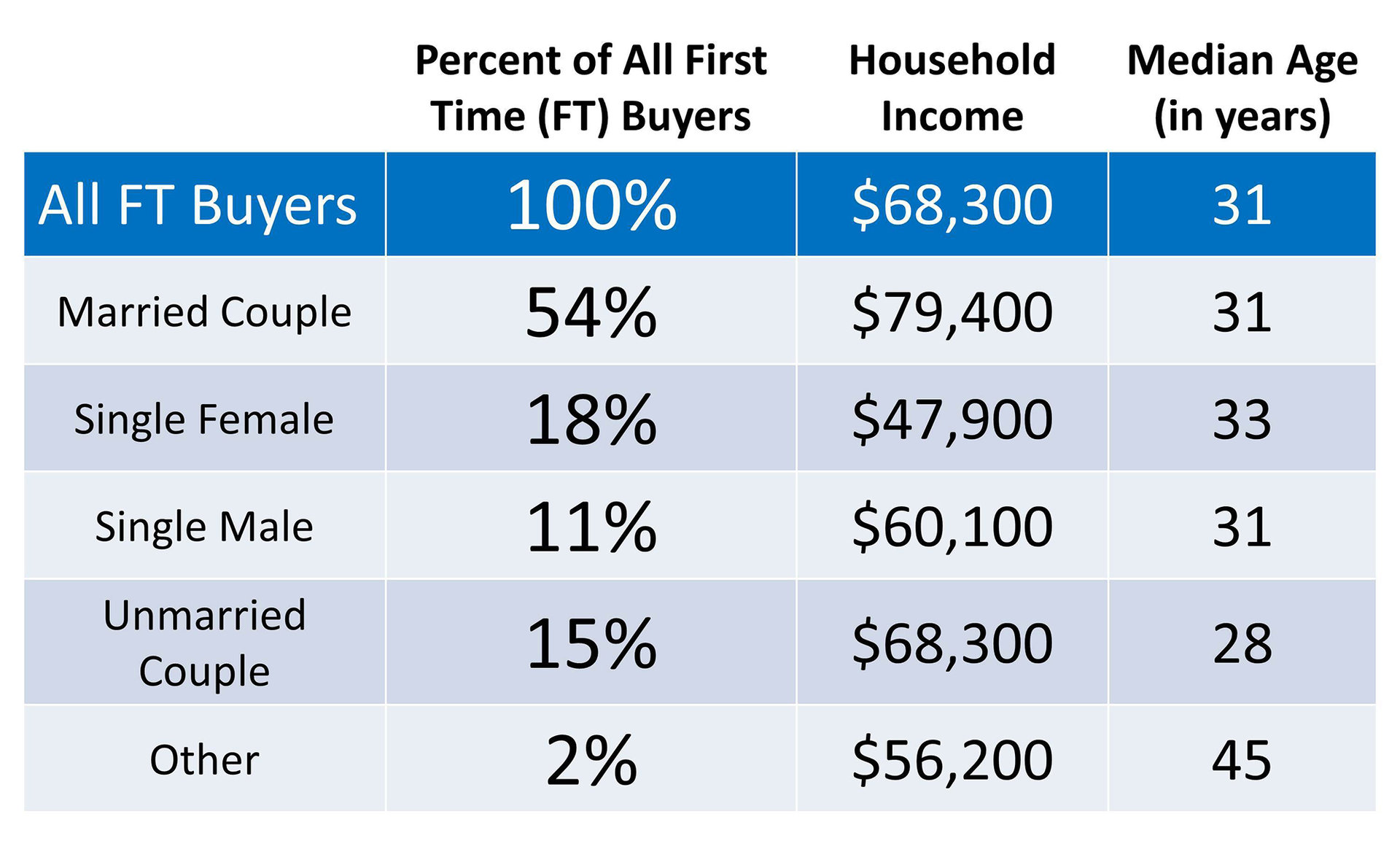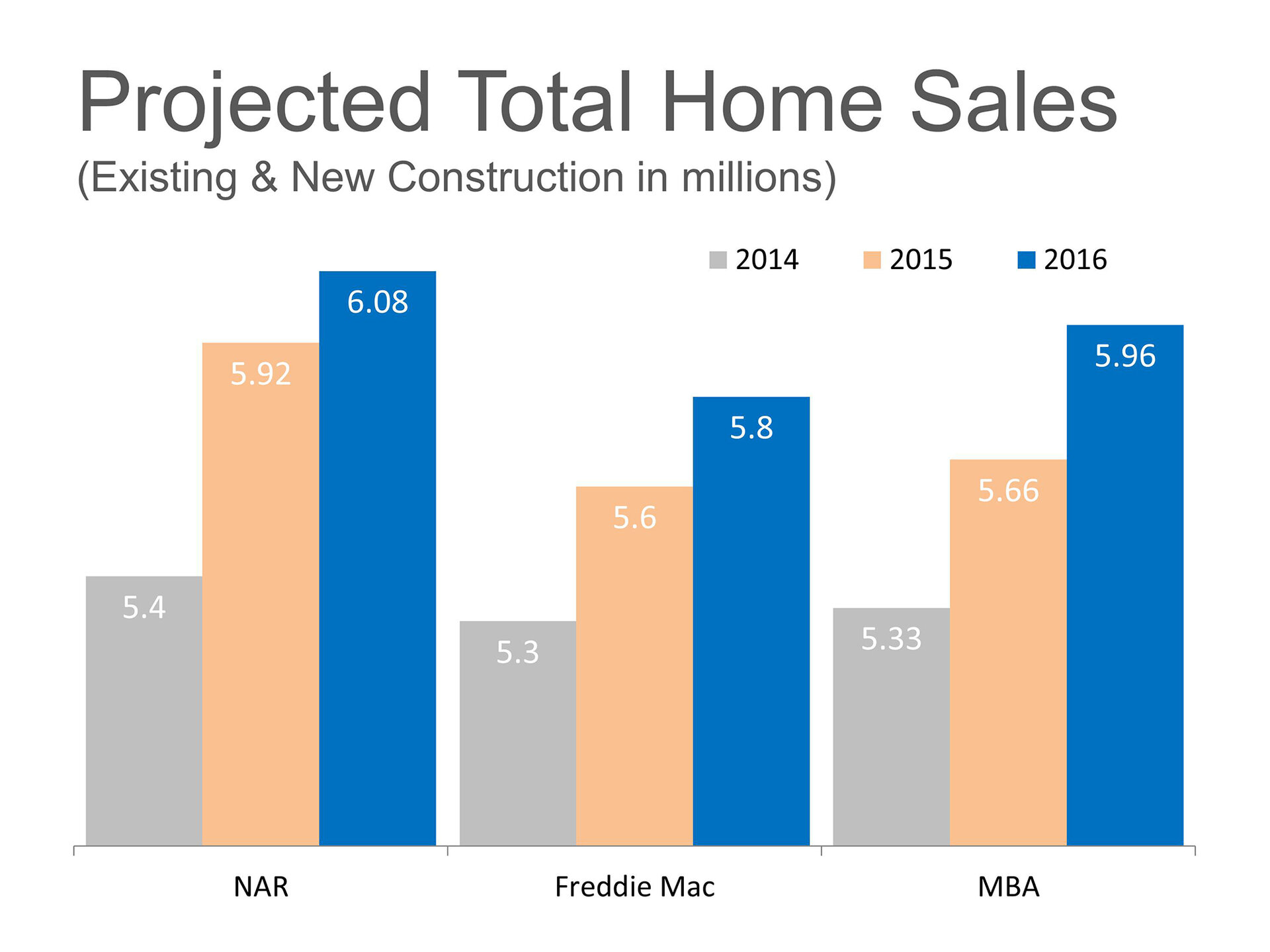WASHINGTON, DC--(Marketwired - Dec 10, 2014) - Metro areas with a lower cost of living and sunnier weather are poised to see an increased number of baby boomers moving in and buying a home as some delay retirement and remain participants in the labor market, according to new research by the
National Association of Realtors®.
NAR analyzed current population trends, housing affordability and local economic conditions in metropolitan statistical areas1 across the U.S. to determine
housing markets most likely to see a boost in sales from leading-edge baby boomers2. Boise, Idaho and Raleigh, North Carolina were identified as top standouts for baby boomers for their solid job growth, share of self-employed workers and affordable home prices.
Lawrence Yun, NAR chief economist, says Florida and Arizona cities attract many baby boomers. In addition, the share of men and women working after their 65th birthday has increased3, setting the stage for elevated baby boomer buying activity in metro areas with a dynamic local economy, adequate housing supply and a lower cost of living.
"A broadly improving economy and rebounding home prices are giving baby boomers the opportunity to sell and move to support their retirement lifestyle. Furthermore, our research identified cities movers are gravitating to while still remaining in the workforce as a business owner," Yun said.
NAR's research reviewed
100 metro areas that have lower
state taxes, solid job market conditions, and strong migration patterns (on a percentage basis) of baby boomers moving to that particular area to determine which housing markets are likely to see a boost from this generation. Cost of living,
housing affordability and inventory availability were also considered.
The
top markets positioned to see an influx of baby boomer homebuyers are (
listed alphabetically):
- Albuquerque, New Mexico
- Boise, Idaho
- Denver
- Fort Myers, Florida
- Greenville, South Carolina
- Orlando, Florida
- Phoenix
- Raleigh, North Carolina
- Sarasota, Florida
- Tucson, Arizona
Other markets with strong potential for attracting baby boomer homebuyers include:
- Chattanooga, Tennessee
- Dallas
- McAllen, Texas
- Riverside, California
- Tampa, Florida
"These metro areas are attractive to baby boomers because of their housing affordability, lower tax rates and welcoming business environment," says Yun. "With baby boomers working later in life, these factors will likely play as much of a deciding role of where boomers eventually retire as will areas with a warm climate or variety of outdoor activities."
According to a NAR generational study of homebuyers and sellers
released earlier this year, baby boomers represented 30 percent of all buyers, had a median household income of $92,400 and bought a home that cost $210,0004.
NAR also recently analyzed current housing conditions, job creation and population trends to determine the
best markets for aspiring, leading edge millennial homebuyers. Visit
www.realtor.org/millennials to find out more about millennials and homebuying.
The National Association of Realtors®, "The Voice for Real Estate," is America's largest trade association, representing 1 million members involved in all aspects of the residential and commercial real estate industries.
1Areas are generally metropolitan statistical areas as defined by the U.S. Office of Management and Budget. NAR adheres to the OMB definitions, although in some areas an exact match is not possible from the available data. A list of counties included in MSA definitions is available at:
http://www.census.gov/population/estimates/metro-city/List4.txt.
Regional median home prices are from a separate sampling that includes rural areas and portions of some smaller metros that are not included in this report; the regional percentage changes do not necessarily parallel changes in the larger metro areas. The only valid comparisons for median prices are with the same period a year earlier due to seasonality in buying patterns. Quarter-to-quarter comparisons do not compensate for seasonal changes, especially for the timing of family buying patterns.
Median price measurement reflects the types of homes that are selling during the quarter and can be skewed at times by changes in the sales mix. For example, changes in the level of distressed sales, which are heavily discounted, can vary notably in given markets and may affect percentage comparisons. Annual price measures generally smooth out any quarterly swings.
NAR began tracking of metropolitan area median single-family home prices in 1979; the metro area condo price series dates back to 1989.
Because there is a concentration of condos in high-cost metro areas, the national median condo price often is higher than the median single-family price. In a given market area, condos typically cost less than single-family homes. As the reporting sample expands in the future, additional areas will be included in the condo price report.
2Baby boomers are generally categorized as those born in the U.S. between 1946 and 1964. NAR's research analyzed leading-edge baby boomers (ages 60-69).
3 According to the U.S. Department of Labor's
civilian labor force participation rates by age, sex, race, and ethnicity, 1992, 2002, 2012, and projected 2022 (Table 3.3)
4 According to NAR's Home Buyer and Seller Generational Trends study. The study breaks baby boomers into two generations: Younger (ages 49-58) and Older Boomers (ages 59-67). All information is characteristic of the 12-month period ending in June 2013 with the exception of income data, which are for 2012.
 It seems that an improving economy and jobs market will mean a very healthy housing market.
It seems that an improving economy and jobs market will mean a very healthy housing market. It seems that an improving economy and jobs market will mean a very healthy housing market.
It seems that an improving economy and jobs market will mean a very healthy housing market.





 The New York Times recently published an editorial entitled, “
The New York Times recently published an editorial entitled, “
 As we finish 2014, it appears the real estate market is once again on solid footing and ready to advance forward over the next few years. The strength of the market can be viewed using two metrics: projected home values and projected house sales. We recently reported that the Home Price Expectation Survey revealed future home values will continue to appreciate nicely. Today we want to look at projections on the number of home sales (existing and new construction) we will see over the next two years. We researched what the National Association of Realtors (NAR), Freddie Mac and the Mortgage Bankers’ Association(MBA) are projecting for the housing industry going forward. Here is what we found:
As we finish 2014, it appears the real estate market is once again on solid footing and ready to advance forward over the next few years. The strength of the market can be viewed using two metrics: projected home values and projected house sales. We recently reported that the Home Price Expectation Survey revealed future home values will continue to appreciate nicely. Today we want to look at projections on the number of home sales (existing and new construction) we will see over the next two years. We researched what the National Association of Realtors (NAR), Freddie Mac and the Mortgage Bankers’ Association(MBA) are projecting for the housing industry going forward. Here is what we found:

